Macao Science 1 successfully launched
as the first science satellite jointly developed by the Mainland and Macao
The China National Space Administration (CNSA) announced that Macao Science 1, the first space science satellite jointly developed by the Mainland and Macao, was launched with a Long March-2C carrier rocket at 16:00, 21st May, from the Jiuquan Satellite Launch Centre. As the first scientific exploration satellite to survey Earth’s low latitude magnetic field and space environment changes and China’s highest accuracy satellite of geomagnetic field detection, it will markedly boost China’s space magnetic survey technology. Jointly organized by the CNSA and the Macao SAR Government, with sharing of data obtained from the satellite, the project opens up new room for extensive cooperation and exchange in space science, space technology, and their applications with the Mainland as a base and Macao as a window, and bolsters new dynamism to developments in the Guangdong-Hong Kong-Macao Greater Bay Area and to high-quality advances in the aerospace area.
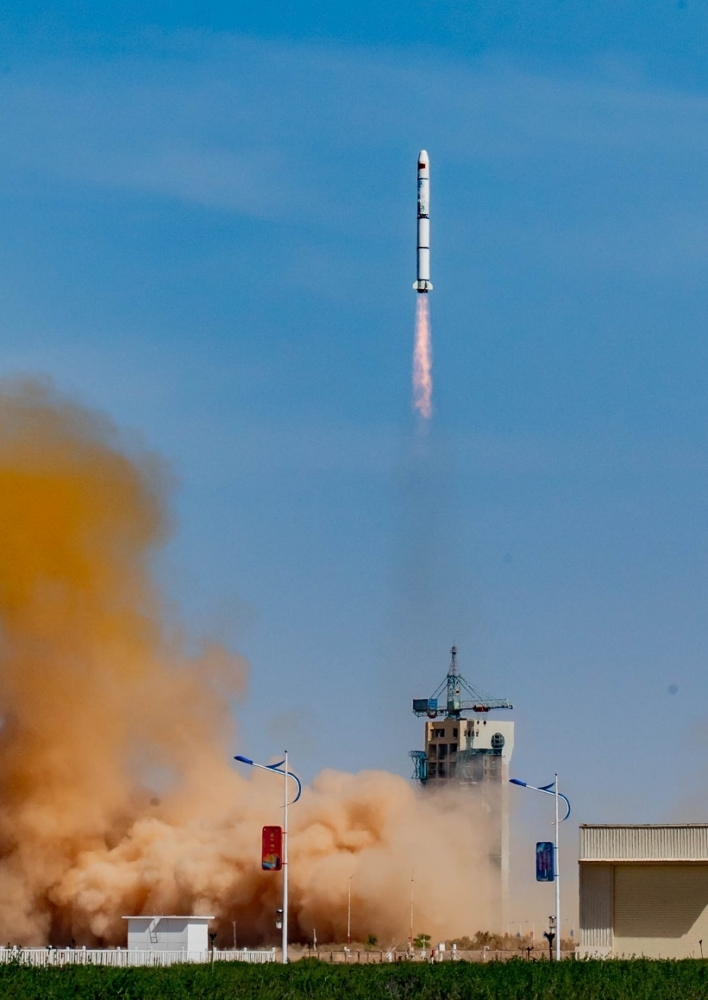
Macao Science 1 successfully launched
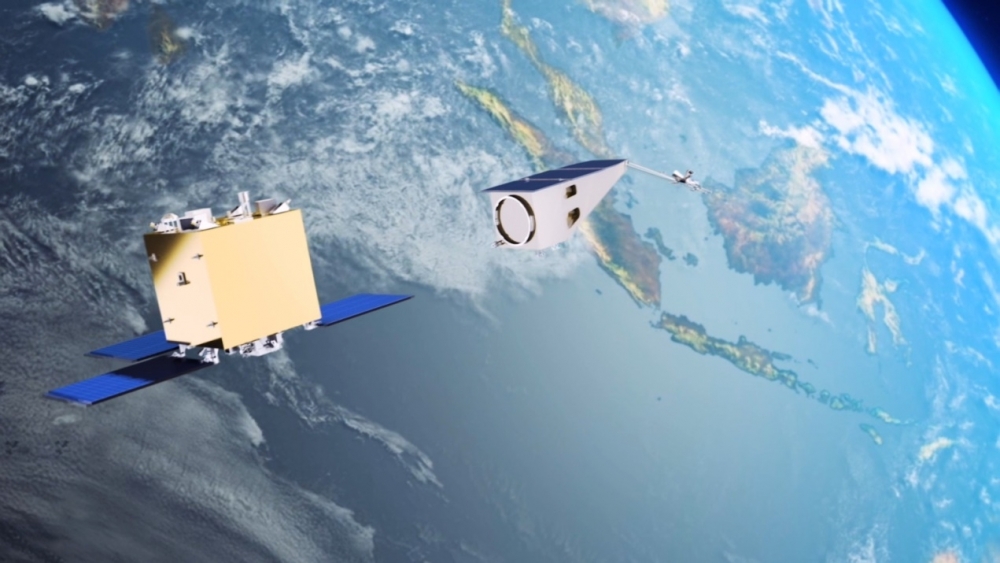
Macao Science 1 in orbit (montage)
Macao Science 1 features A+B joint observation, in which Satellite A carries payloads like high-precision vector magnetometers and standard-scale magnetometers to detect Earth’s magnetic field. In contrast, Satellite B includes high-energy particle detectors and solar X-ray instruments to obtain data on the space environment such as solar radiation and high-energy particles that serve the ends of geomagnetic field detection. After entry into orbit, the satellite is capable of complementing observations by Europe’s Swarm satellites and Zhangheng 1, another satellite of China, affording access to several crucial scientific goals, namely, to measure and study Earth’s low latitude magnetic field and space environment changes and to monitor the space-time changes in the South Atlantic Anomaly. It will provide valuable data for long-term studies of the geomagnetic field, advancing China’s various fields of study such as lithospheric magnetic field, origins of the geomagnetic field, forecast on space weather, geomagnetic navigation, spacecraft operation safety, and boost technology development in high-precision field explorations by satellite and multiparametric joint observation.
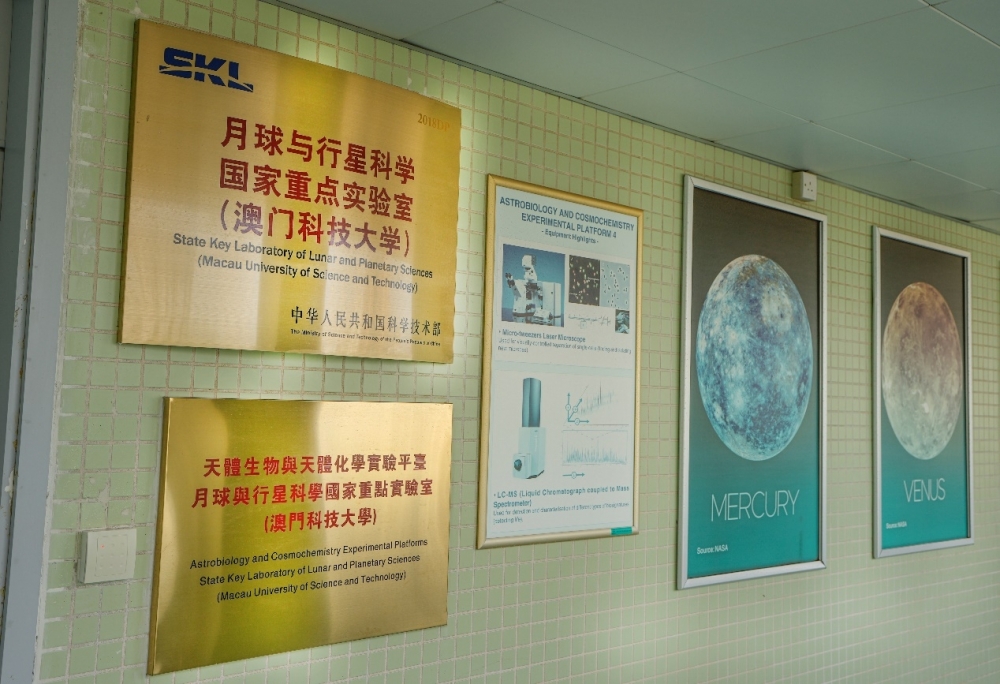
State Key Laboratory of Lunar and Planetary Sciences, M.U.S.T.
After the successful launching of Macao Science 1, the next major phase of the project is in-orbit tests on all the scientific payloads on the satellite. Starting in late May, the team of scientists at M.U.S.T. will commence in-orbit tests in Xi’an for 6 to 12 months. After they are completed, Macao Science 1 will be handed over to the team of Macao Science 1 scientists at M.U.S.T. for at least 5 years, and this team will undertake comprehensive scientific research with the data obtained from the satellites.
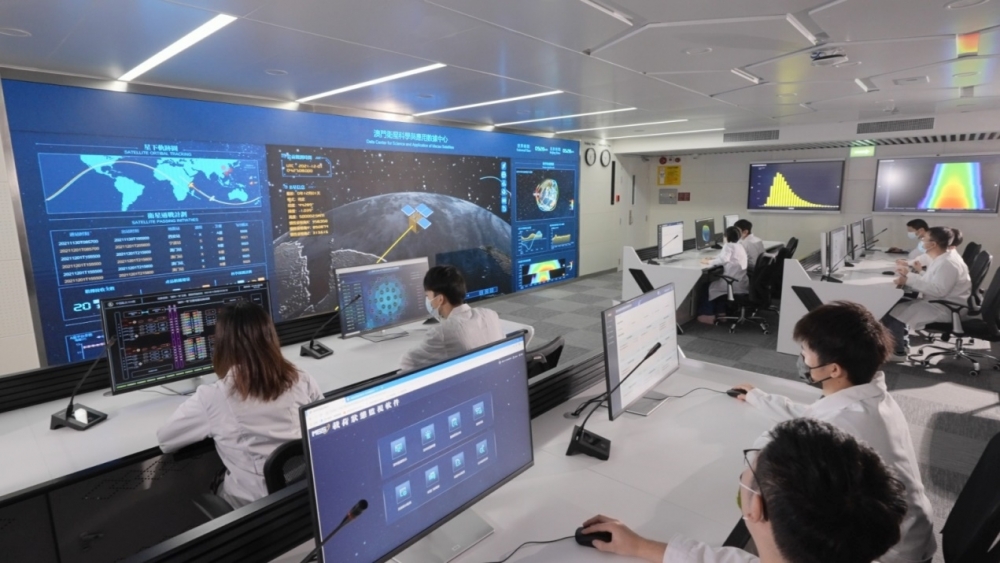
Data Center for Science and Application of Macau Satellites
The Project “Macao Science 1” encourages open sharing and application of scientific data. Under relevant data policies, it will promote extensive cooperation with domestic and foreign research institutions for increased output in scientific research and promote joint cultivation and exchange of talents. It is expected that the project will drive aerospace research and Macao’s youth space science education.
This mission was the 474th flight mission of the Long March carrier rocket series.
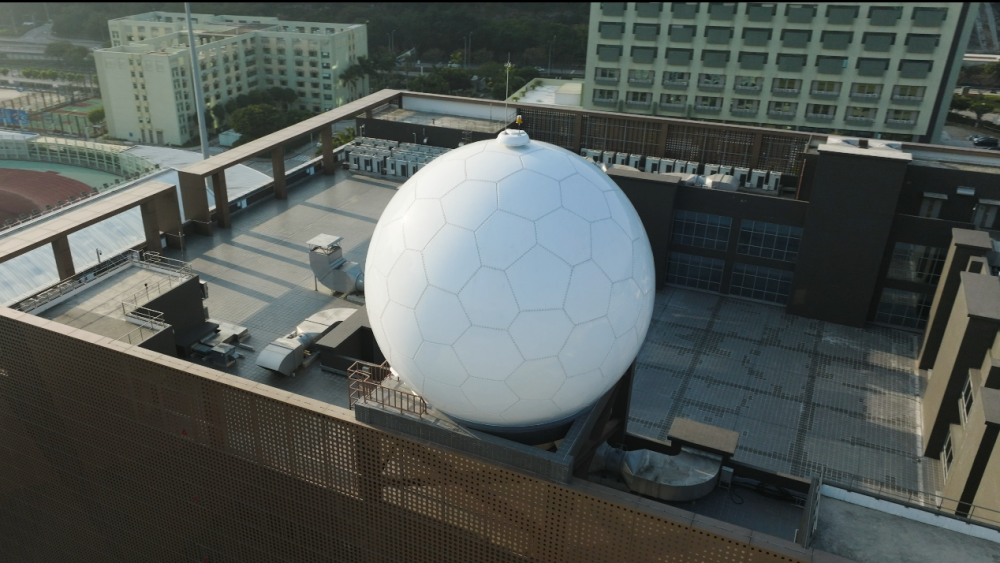
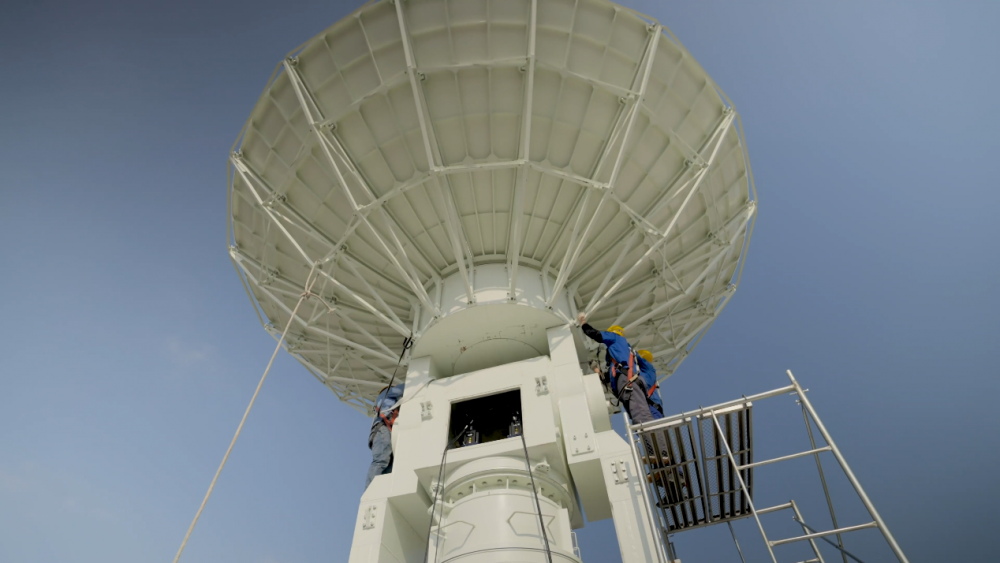
The Satellite Earth Station, M.U.S.T.





